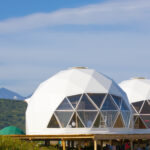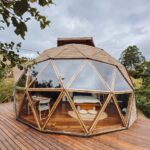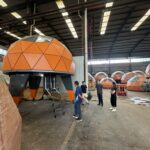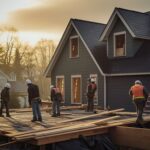Ever wondered if your dream dome could be more than just an Instagram-worthy structure? Dome homes are redefining living spaces for hotels, restaurants, and bulk property buyers. From eco-resorts to cozy cafes, these architectural gems fit anywhere. But can they fit within legal boundaries? Dive into this guide to decode dome home laws, navigate permits, and ensure your domes are as compliant as they are captivating.
Understanding dome home legalities
Dome homes are architectural marvels, but are they legally recognized? Let’s explore how the law views these futuristic abodes in detail.
How to legally define a dome home?
Many building codes lack specific classifications for domes, leaving their status open to interpretation. Hence, the legal definition can be a gray area for hotels and resorts looking to incorporate domes into their properties. To elaborate, a dome intended for a high-end glamping site might not fit neatly into traditional construction categories, creating potential hurdles for developers.
To avoid complications, it’s essential to consult local building departments. Municipalities often have unique criteria for what constitutes a dome, and understanding these nuances is key to ensuring compliance. For instance, some areas may classify domes as alternative structures, while others may treat them similarly to conventional buildings. Proactively engaging with local authorities can clarify these definitions and streamline your project planning.
Is a dome home temporary or permanent?
The classification of a dome as temporary or permanent has significant legal implications, especially for businesses like restaurants or event venues. A geodesic dome house can be used as a seasonal pop-up café or a temporary event space might not require the same permits as a permanent structure. This flexibility makes domes an attractive option for businesses looking to create unique, short-term experiences.
However, if you’re planning a permanent dome structure, such as a year-round eco-resort or a restaurant, stricter regulations may apply. Permanent domes often require the same permits and adherence to building codes as traditional structures. Understanding these distinctions is crucial for bulk property buyers and developers aiming to scale their projects without legal setbacks.
Zoning codes & dome homes
Zoning laws play a pivotal role in determining where dome homes can legally be built. For instance, a hotel chain looking to expand with dome-based accommodations must first navigate local zoning restrictions. These laws dictate factors like proximity to property lines, size limitations, and the number of structures allowed on a single property.
To ensure compliance, start by consulting your local zoning department. They can clarify whether your dome project aligns with area-specific regulations. Additionally, understanding building codes is essential, as they address structural integrity and safety. This step is critical to avoid costly delays or redesigns for large-scale property investors. Hence, you can confidently move forward with your dome project by addressing zoning and building codes early.
State-by-state dome home regulations
Laws vary more than the weather across states—sunny in one, stormy in the next. But don’t worry, we’ve got your dome home journey mapped out like a GPS for legal landscapes. Whether you’re a hotel chain dreaming of a dome-filled eco-resort or a restaurant group planning a geodesic dining experience, we’ve done the heavy lifting so you don’t have to.
In this section, we’ll list out the regulations for six states to get you started. Just keep in mind, that building laws can change as fast as trends in the food industry!
1. Dome houses in Florida
Building a dome home in Florida requires careful planning, especially considering the state’s vulnerability to hurricanes. Strict building codes in coastal areas focus heavily on wind resistance and structural resilience. Permits often require detailed plans and engineering assessments to meet these demands. While it’s possible to build a dome home inland, there are still additional hurricane-proofing requirements that could bump up construction costs. Zoning regulations vary across the state, and areas like residential zones may have strict home size requirements that could limit tiny home living. However, agricultural and rural zones might offer more flexibility.
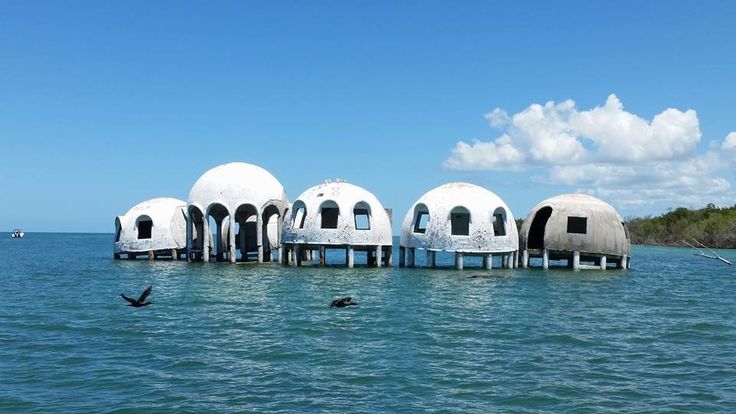
Key points
- Coastal areas have strict wind resistance and structural codes due to hurricane risk.
- Permits require detailed plans and engineering assessments.
- Tiny homes may be prohibited in many residential areas due to size requirements.
- Agricultural and rural zones offer more flexibility for tiny homes.
- Off-grid living is legal in remote areas but must comply with local sewage requirements.
- Zoning laws govern aspects like lot size, building height, and property usage.
2. Dome homes in Massachusetts
Building a dome home in Massachusetts can be challenging due to the state’s strict building codes and limited space, particularly in urban areas. Tiny homes have become more feasible with the introduction of Appendix Q of the International Residential Code in 2020. However, zoning laws still impose minimum dwelling and lot size requirements, making it difficult to build, especially given the high cost of land. Building codes focus heavily on structural integrity and compliance with zoning regulations, so permits will need detailed plans and engineering documentation.
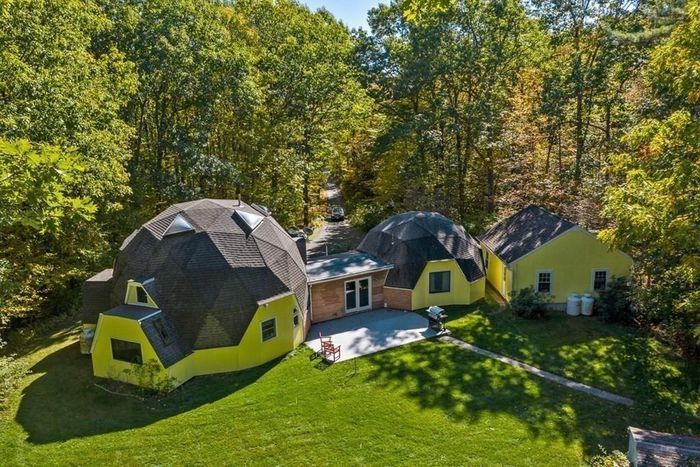
Key points
- Strict building codes, especially in urban areas, make dome homes challenging to build.
- Permits require detailed plans and engineering documentation for compliance.
- Off-grid living is allowed in some areas but must connect to municipal water and sewer systems in many locations.
- Zoning laws may restrict off-grid systems, like compost toilets or primitive lifestyles.
- Solar power is allowed with proper permits; wind power may face zoning restrictions.
- A Certificate of Occupancy may require electrical infrastructure, restricting off-grid living.
Building Codes in Massachusetts
The State Building Code applies to all homes in Massachusetts. Based on several international codes, including:
- International Building Code (IBC)
- International Residential Code (IRC)
- International Existing Building Code (IEBC)
- International Mechanical Code (IMC)
- International Energy Conservation Code (IECC)
- International Swimming Pool and Spa Code (ISPSC)
- Portions of the International Fire Code (IFC)
3. Dome homes in Alaska
Building dome homes in Alaska presents unique challenges due to its harsh climate, but the state encourages alternative housing solutions like geodesic domes, especially in remote areas. Alaska’s building codes are designed for extreme cold, seismic activity, and heavy snow loads, making them ideal for durable structures. Permits are generally required for projects over 120 square feet, although there are exceptions in certain regions. While zoning laws may restrict tiny homes, dome construction is usually feasible, with some areas having specific requirements for cold-weather construction and energy efficiency.
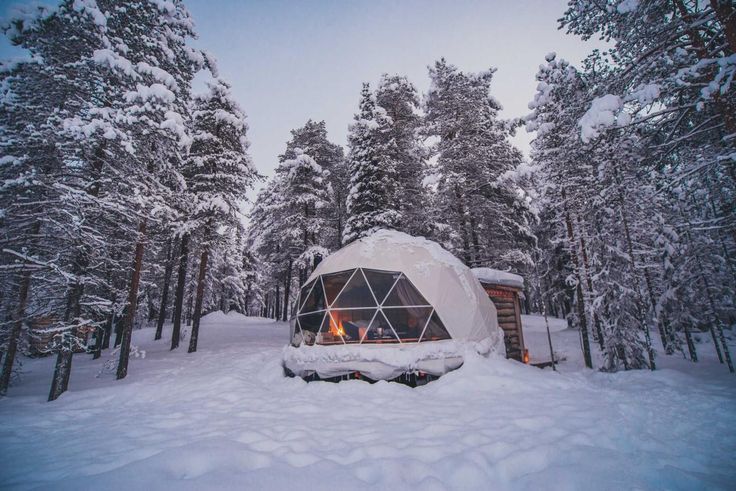
Key points
- Zoning laws may impose minimum size requirements that restrict tiny homes.
- Dome home construction typically requires detailed plans and specifications.
- Off-grid living is legal, with microgrid laws allowing people to disconnect from the main power grid.
- Solar power is allowed but may be limited in regions with long winters.
- Rainwater harvesting is permitted, but groundwater extraction is heavily regulated.
Building Codes in Alaska
- 2012 International Building Code
- 2018 International Energy Conservation Code
- 2012 International Fire Code
- 2012 International Fuel Gas Code
- 2012 International Mechanical Code
4. Dome homes in New York
Building dome homes in New York can be a tricky task due to the state’s stringent building codes and zoning laws. This State is known for its tough regulations, especially when it comes to securing permits and certificates of occupancy. While tiny homes have become more accepted in recent years with specific guidelines introduced through Appendix Q of the IRC, zoning laws often create barriers. These laws, particularly regarding minimum dwelling sizes, can make it difficult to build a dome home unless it fits the definition of a cabin or similar structure.
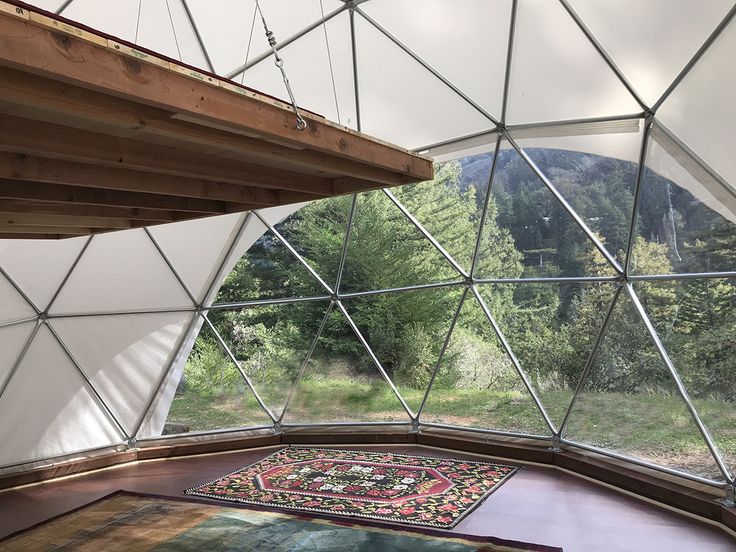
Key points
- Zoning laws often dictate minimum dwelling sizes and limit certain building types.
- Cabin-style structures might provide an alternative way around strict regulations.
- Off-grid living is possible but subject to specific restrictions, especially in urban areas.
- Rural and agricultural zones may offer more flexibility for off-grid systems.
- Building inspections are required to obtain a Certificate of Occupancy.
Building Codes in New York
- Building Code of New York State: Adopts 2018 IBC with amendments
- Residential Code of New York State: Adopts 2018 IRC with amendments
- Existing Building Code of NYS: Adopts 2018 IEBC with amendments
- Plumbing Code of NYS: Adopts 2018 IPC with amendments
- Mechanical Code of NYS: Adopts 2018 IMC with amendments
- Fuel Gas Code of NYS: Adopts 2018 IECC with amendments
- Property Maintenance Code of NYS: Adopts 2018 IPMC with amendments
5. Dome homes in Maryland
Maryland permits geodesic domes for residential and commercial use, subject to standard building codes and zoning regulations. The state has embraced tiny homes, defining them under Appendix Q of the 2018 International Residential Code for homes under 400 square feet. While there are no specific minimum dwelling size requirements in zoning laws, minimum lot sizes can restrict where dome homes can be placed. Permits for dome construction typically require detailed plans to be submitted to local building authorities. Generally, approval for dome homes is attainable, though regulations may differ by municipality.
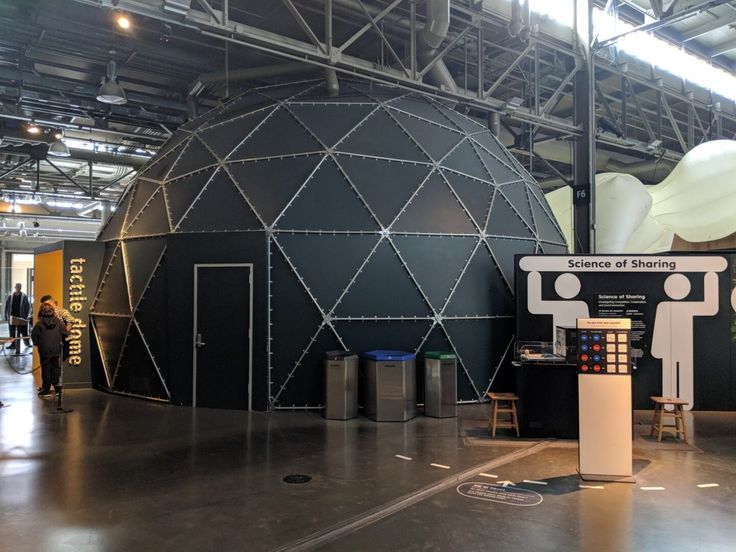
Key points
- Geodesic dome homes are allowed with adherence to local building codes and zoning regulations.
- Permits for dome homes require the submission of detailed plans to local authorities.
- Off-grid living is restricted in most areas, with exceptions like Garrett County.
- Municipal connections to water and sewer systems are typically required for off-grid living.
- Agricultural zones often have fewer zoning restrictions, but land prices can still be a barrier.
Building Codes in Maryland
- 2018 International Building Code (with amendments)
- 2018 International Residential Code (with amendments)
- 2015 Existing Building Code (with amendments)
- 2018 International Plumbing Code (with amendments)
- 2018 International Mechanical Code
- 2018 International Energy Conservation Code (with amendments)
- 2012 International Green Construction Code (with amendments)
- 2018 National Fire Protection Code NFPA 1 (with amendments)
- 2017 National Electrical Code NFPA 70 (with amendments)
6. Dome homes in Washington
Washington State allows geodesic dome homes for residential and commercial uses, provided they comply with building codes and zoning regulations. Dome houses, tiny homes, RVs, and mobile homes are categorized as manufactured homes under state law. Local restrictions may apply, including design standards and utility connections. Permits for constructing dome homes usually involve submitting detailed plans to local authorities. While approval is generally achievable, the specific requirements vary by municipality. Obtaining permits is generally feasible, although compliance with local building and zoning codes is necessary.
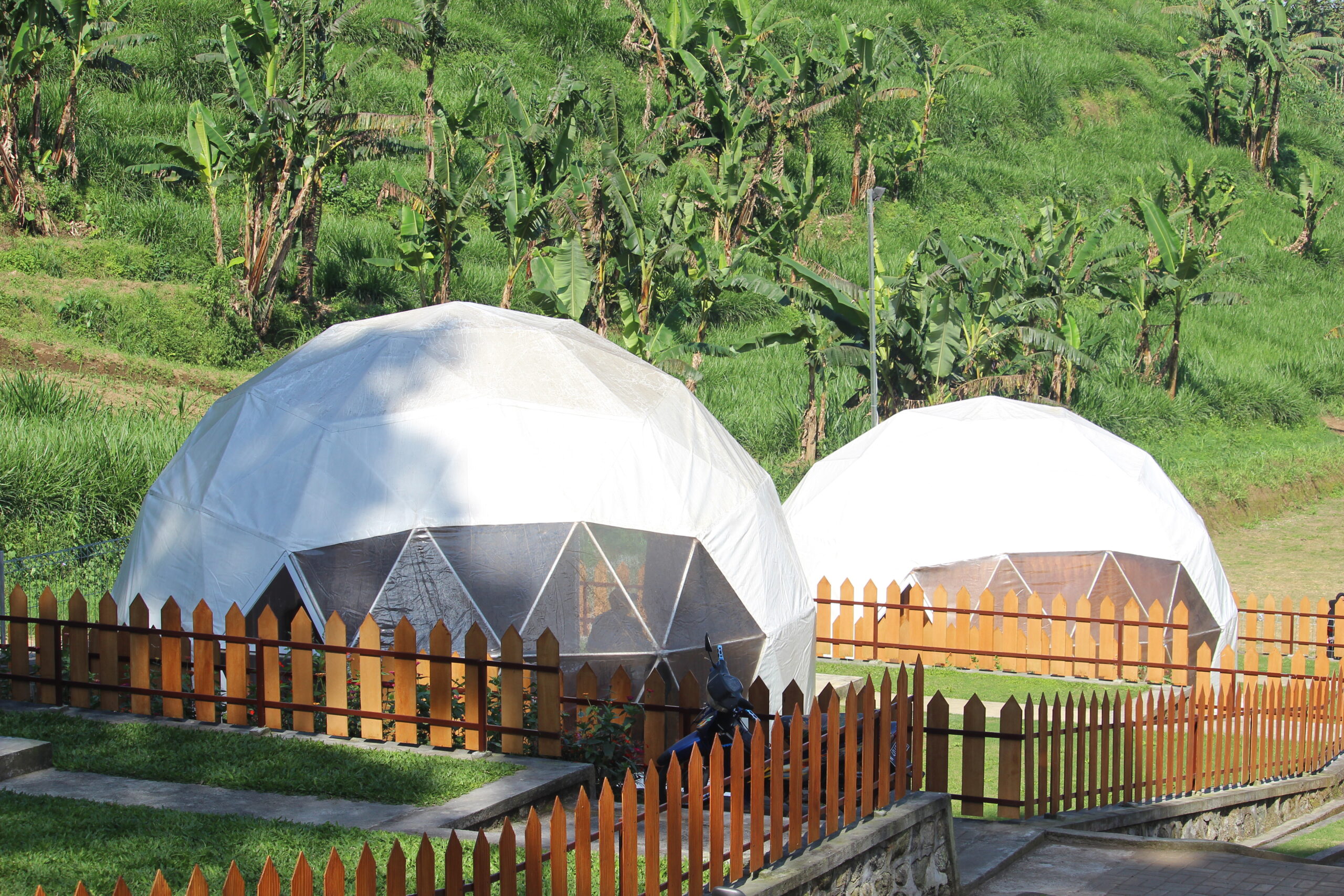
Key points
- Permits are required for dome home construction, including detailed building plans.
- Local regulations may include design and utility connection standards for dome homes.
- Off-grid living is allowed, though urban and suburban areas have more restrictions.
- Stricter land-use laws exist in urban areas, especially on the west side of the state.
- Rural and agricultural zones generally offer more flexibility for off-grid living.
- Renewable energy systems, including off-grid solar, are encouraged with state incentives.
Choosing the best dome home supplier
When sourcing dome homes, reliability is crucial, and Capsule Castle is your go-to partner for high-quality prefab dome house kits. Tailored for dealers and wholesale buyers, we specialize in crafting innovative dome homes designed to meet the needs of diverse markets.
Features that set Capsule Castle apart:
- Unlimited terrain Our geodesic dome houses can be installed on any terrain—mountaintops, dense forests, or coastal beaches—without needing traditional foundations. This flexibility minimizes construction waste and ensures versatile housing solutions for diverse environments.
- Modular design Fast shipping and easy assembly make our dome homes ideal for resorts, campsites, and other quick-build applications. Whether for a new project or an expansion, our modular kits simplify the process.
- Quality design Capsule Castle’s dome homes feature sleek, modern aesthetics that attract diverse buyers. Perfect for showcasing cutting-edge designs, our dome houses are a standout in any portfolio.
- Panoramic views Our dome homes offer 360° panoramic windows and solid wood interiors, encased in an aluminum shell. Whether perched on a mountain or by the beach, these homes provide uninterrupted views, bringing nature into everyday life.
Conclusion
In conclusion, dome homes represent a forward-thinking, sustainable housing option that thrives when you understand the legal landscape. By familiarizing yourself with local building codes and zoning laws, whether in Alabama or Alaska, you can ensure your project moves forward smoothly. Partnering with Capsule Castle provides you with access to high-quality, eco-friendly, and innovative dome home solutions that stand out in any market. Our designs are not only visually stunning but also built to endure, making them the perfect choice for your next project. Let Capsule Castle help bring your dome home vision to life, legally and successfully.
